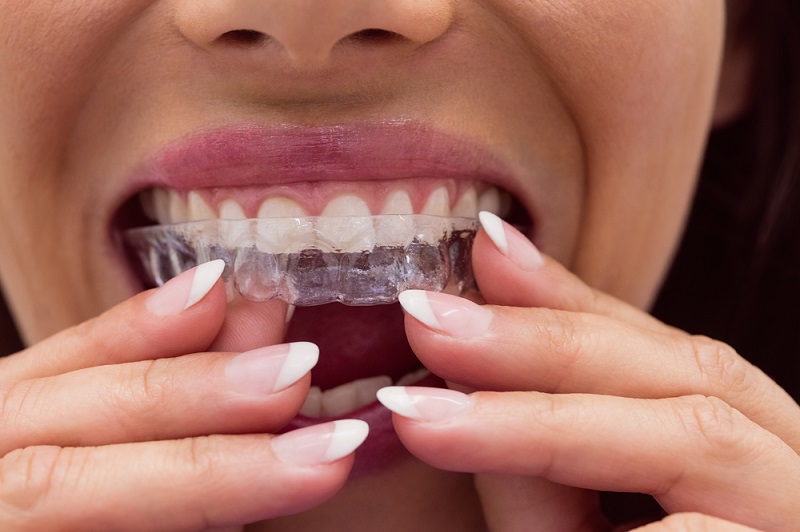Is Invisalign Really as Good as Regular Braces?
Crooked or misaligned teeth can be a source of embarrassment and self-consciousness for many people. Fortunately, there are several options available for straightening teeth, including traditional metal braces and clear aligners such as Invisalign. Both options can effectively straighten teeth, but they differ in terms of appearance, comfort, and cost. In this article, we’ll explore the similarities and differences between Invisalign and regular braces, and help you determine which option may be the best for you.
First, let’s discuss the similarities between Invisalign and regular braces. Both options use gentle, gradual pressure to move teeth into proper alignment. Both options are also highly effective at straightening teeth, regardless of the severity of the misalignment. Additionally, both options require regular visits to the orthodontist for adjustments and monitoring.
Let’s now talk about the distinctions between traditional braces and Invisalign. The most pronounced change can be in appearance. Metal brackets and wires, which are affixed to the teeth, make up conventional braces. Because of how obvious these brackets and wires are, many people, especially adults, may feel self-conscious about them. Contrarily, clear aligners used by Invisalign are practically undetectable while used. For those who desire to straighten their teeth covertly, this can be a significant advantage.
Comfort is another key distinction between Invisalign and traditional braces. Regular braces may be uncomfortable, especially while being placed or adjusted for the first time. The brackets and wires can irritate and hurt the inside of the mouth when they rub against it. Contrarily, Invisalign is constructed of smooth plastic that is molded to the teeth. This indicates that there aren’t any cables or brackets to irritate people. Invisalign aligners can also be removed for eating, brushing, and flossing because they are detachable. For those who want to keep up with their oral hygiene while receiving treatment, this can be a huge benefit.
Cost is another significant distinction between Invisalign and traditional braces. Invisalign costs more than traditional braces on average, though prices can vary based on the orthodontist and area. Additionally, Invisalign may not be reimbursed by insurance, although conventional braces can be. It’s important to keep in mind, though, that Invisalign can end up being more affordable in the long term because the treatment time is frequently shorter than with conventional braces.
It’s also important to keep in mind that not everyone is a good candidate for Invisalign. For instance, Invisalign might not be able to adequately address severe misalignment or biting concerns. Additionally, Invisalign might not be the ideal choice for you if you have a history of noncompliance (i.e., not wearing your aligners as instructed).
In conclusion, both Invisalign and regular braces are highly effective at straightening teeth. However, they differ in terms of appearance, comfort, and cost. Invisalign offers the benefit of being virtually invisible and comfortable to wear, but it may be more expensive and not covered by insurance. Regular braces are less expensive, but they may be more visible and uncomfortable to wear. Ultimately, the best option for you will depend on your personal preferences and orthodontic needs. It is always best to consult with an orthodontist in The Colony to determine the best treatment plan for you.





 |
|